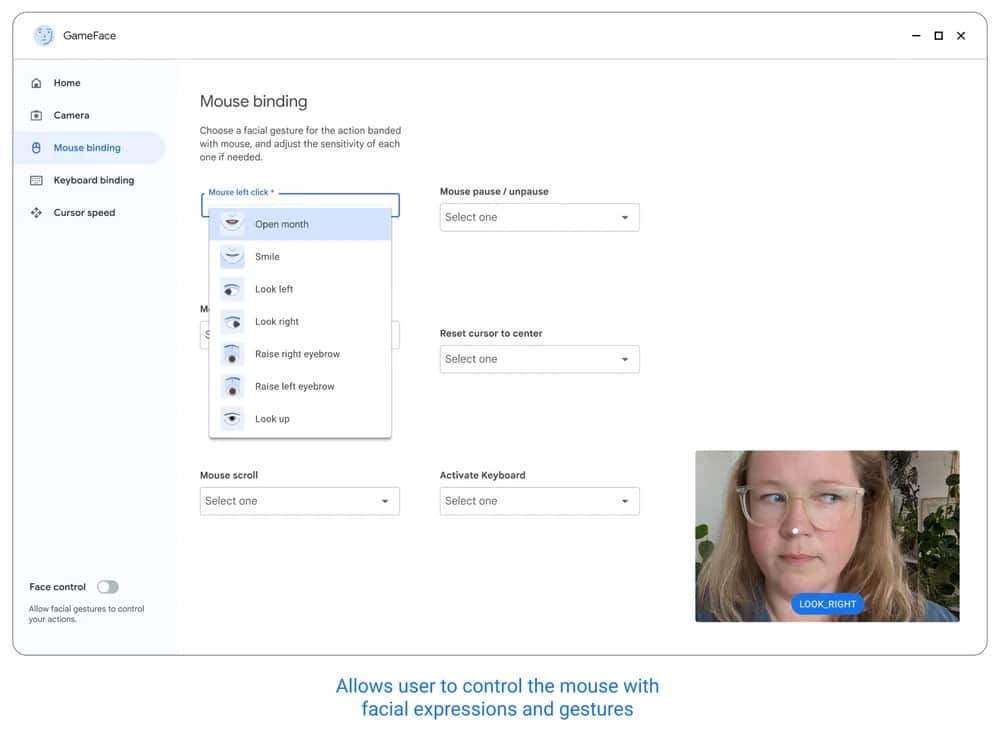AI can be a force for good. Hear me out. We saw proof at Google I/O 2023.
While many of us spend time worrying about how artificial intelligence chatbots like ChatGPT might take our jobs or set off World War II, AI-based solutions are solving real-world problems, and sometimes, even helping people bounce back (and more) from a tragedy.
After the Google I/O 2023 keynote finished blasting us with impressive AI-based product and software updates and a collection of new hardware that includes the exciting Google Pixel Fold, Pixel Tablet, and Pixel 7a, Google AI Advocacy Lead, author, and some-time AI artist Laurence Moroney took the stage during the developer’s keynote and presented a story that probably prompted more than a few “I’m not crying, you’re crying” reactions in the audience.
From the ashes
Two years ago, quadriplegic game streamer Lance Carr lost everything in a fire, which actually started during his livestream. Carr, who has muscular dystrophy, lost not just his Colorado home but all the assistive equipment he used to play video games live on Twitch. Worse yet, the custom equipment was outdated and mostly irreplaceable.
For Carr, who has no control of any part of his body below his shoulders, controlling his PC to play and stream games would be impossible.
Google’s Project GameFace, however, has changed all that. Instead of trying to buy and retrofit assistive gaming equipment, Google and Carr settled on a novel idea: using his face to control his PC and the games.
According to Moroney, Project GameFace uses an off-the-shelf webcam and Google’s MediaPipe, a system that ties together multiple AI ML models (he didn’t specify which ones) to build a live mesh of 468 points on any face. Those points are converted into telemetry for mouse clicks and movement. MediaPipe has also previously been used to create virtual avatars.
This is all tied to an interface where you can map expressions and head movement to computer input, which means instead of one-size fits all, Project GameFace can be customized for how you want to control the action. And the system is so precise, Carr can use it to write his first name in cursive.

As Carr notes, he’s now controlling his computer by making funny faces. In a video on the project, Carr explained that because of muscular dystrophy, he’s weaker now than he was when he was a six-month-old. “Muscular dystrophy takes, this actually added. The first time I gained something in a physical sense.”
Google has no plans to directly productize Project GameFace, but it has open-sourced all the code and posted it on GitHub. The project page warns that the “project is not intended for human life-critical decisions,” although what’s more important than gaming? Ask our friends at TRG, and they’ll tell you, “Nothing!”
The other bit of good news is that, while Project GameFace is constantly tracking facial movements, it’s not storing images or any data for facial recognition.
So, the next time someone tells you that the obvious end game of all AI is global destruction, pause for a moment and think about or maybe even mention Carr. Where there’s utility and purpose, there are possibilities. In truth, AI has as much potential for good, as it does for harm.
Maybe we just need to point it in the right direction. Maybe.


